800GBASE 2 x DR4/DR8 OSFP PAM4 1310nm 500m DOM Dual MPO-12/APC SMF Optical Transceiver Module
- Estimated Delivery : Up to 4 business days
- Free Shipping & Returns : On all orders over $200
The 800G OSFP DR8 optical transceiver is a high-performance twin-port module designed for large-scale data centers and high-performance computing environments. It supports both InfiniBand and Ethernet protocols, allowing flexible deployment across various network architectures. With a total bandwidth of 800Gb/s, the transceiver consists of two independent 400Gb/s engines, each utilizing a 4-channel MPO-12/APC optical connector. Based on an 8-channel parallel single-mode optical design and using 100G-PAM4 modulation, it supports transmission distances of up to 500 meters, assuming two optical patch panels are included in the link.
This transceiver complies with IEEE 802.3 800GBASE-DR8 and OSFP MSA standards, and supports multiple breakout configurations such as 2x400GE, 4x200GE, and 8x100GE to meet various application needs. Optical signals are transmitted over eight parallel lanes, each operating at a single wavelength, ensuring full interoperability with any IEEE-compliant optical transceiver regardless of form factor. Forward Error Correction (FEC) is handled by the host platform.
The product is available with a heat sink, with options including finned-top or closed-top heat sink designs to meet thermal requirements in high-density switching platforms. A flat-top version is also available to suit different system integrations. This transceiver is primarily used for switch-to-switch interconnections over distances ranging from 100 to 500 meters, offering high bandwidth, low latency, and excellent signal integrity. Each unit undergoes rigorous testing before shipment to ensure maximum reliability, making it an ideal choice for next-generation data center networks.
The product image on this page is based on the appearance of a reference design and does not imply that the product is exclusively compatible with any specific vendor. If you require compatibility with devices from other brands such as Cisco, Arista, or Juniper, please contact us for more information.
| Brand | WHGEARLINK |
|---|---|
| Description | OSFP 800G 1310nm 500m MPO-12/APC |
| Data Rate | 800G |
| Package | OSFP |
| Wavelength (nm) | 1310nm |
| Reach | 500m |
| Connector | MPO |
| Operating Voltage | 3.3V |
| TX output (dBm) | -2.9~4.0 |
| RX Sensitivity (dBm) | -5.9 |
| Power Consumption(W) | 17W |
| Operating Temperature | 0 to 70°C (32 to 158°F) |
| DOM | Yes |
| Cable Type | SMF |
800G DR8 single mode transceiver
8-channels of 100G-PAM4 electrical modulation
Two MPO-12/APC optical connectors
Two ports of 4-channel 100G-PAM4 optical modulation
Supports two straight 400Gb/s fiber cables for 800Gb/s
Finned-top OSFP for air-cooled switches
1310nm EML laser or SiPh Solution both available
500m Max reach
17-Watts max power
1.5 Watt low-power sleep mode
Single 3.3V power supply
Class 1 laser safety
Hot pluggable, RoHS compliant
OSFPmsa.org compliant
CMIS 4.0 compliant
Case temperature range of 0°C to +70°C
What are the main categories of 800G optical transceivers?
The main categories of 800G optical transceivers are typically classified based on transmission rate, transmission medium (single-mode or multi-mode), and packaging form. Common classifications include:
Transmission Rate Classification:
- 800G 2*SR4: An 800G optical transceiver based on multi-mode fiber (850nm wavelength), typically used for short-range high-speed transmission within data centers. It uses 8 channels for data transmission and is suitable for shorter distances (e.g., up to 50 meters).
- 800G 2*DR4: An 800G optical transceiver based on single-mode fiber (1310nm wavelength), designed for longer-distance transmission, typically supporting up to 500 meters.
- 800G 2*FR4: Uses single-mode fiber and operates at a 1310nm wavelength, supporting a transmission distance of up to 2 km.
- 800G 2*LR4: Uses single-mode fiber with a 1310nm wavelength, supporting the longest transmission distance of up to 10 km.
Packaging Form Classification:
- QSFP-DD (Quad Small Form-factor Pluggable Double Density): A commonly used packaging form for 800G optical transceivers, offering higher density and the ability to support more fiber channels. It is ideal for large-scale data centers and cloud computing environments.
- OSFP (Octal Small Form-factor Pluggable): Another packaging form for 800G optical transceivers, supporting 8 channels for high-speed data transmission. It is typically used in high-bandwidth, high-density network deployments.
- Transmission Medium Classification:
- Single-Mode Optical Transceivers (SMF): 800G optical transceivers designed for single-mode fiber, suitable for long-distance transmission (e.g., 800G 2*LR4, which can support up to 10 km or more).
- Multi-Mode Optical Transceivers (MMF): 800G optical transceivers designed for multi-mode fiber, used for short-distance transmission (e.g., 800G 2*SR4, typically with a range of up to 100 meters).
What are the common packaging types for 800G optical transceivers?
Common packaging types for 800G optical transceivers include:
- OSFP (Octal Small Form-factor Pluggable):
OSFP is a packaging type specifically designed for ultra-high-speed transmission, supporting 8 optical channels. It offers high density and bandwidth, making it ideal for large-scale data centers and cloud environments. OSFP supports higher power and bandwidth, suitable for more complex network architectures and widely used in high-performance computing and operator networks. - QSFP-DD (Quad Small Form-factor Pluggable Double Density):
QSFP-DD is one of the most common packaging types for 800G optical transceivers. It supports up to 8 channels, with each channel transmitting 100Gbps, enabling 800Gbps total transmission rate. QSFP-DD provides high density and bandwidth and is compatible with earlier QSFP+ and QSFP28 standards, making it widely used in data centers, cloud computing, and high-performance networks.
- QSFP112:
QSFP112 is the latest generation packaging type designed specifically for 800G, supporting 8 channels with each transmitting 112Gbps. It offers higher density and bandwidth capabilities compared to QSFP-DD and is expected to be a standard packaging type for next-generation network devices. QSFP112 is primarily used in high-performance data centers, large-scale cloud computing platforms, and high-speed network environments, offering higher transmission capacity and lower power consumption.
What are the characteristics of 800G optical transceivers in QSFP-DD packaging?
800G optical transceivers in QSFP-DD packaging are characterized by high density and bandwidth. They support 8 channels, with each channel transmitting 100Gbps, resulting in an 800Gbps total bandwidth. These transceivers are backward compatible with QSFP+ and QSFP28, making them suitable for gradually upgrading existing equipment. QSFP-DD modules are compact and ideal for large-scale data centers and cloud computing environments, providing efficient transmission performance. QSFP-DD is primarily used in Ethernet applications, while OSFP is more commonly used in InfiniBand (IB) networks.
What are the characteristics of 800G optical transceivers in OSFP packaging?
800G optical transceivers in OSFP packaging support 8 channels, with each channel transmitting 112Gbps, resulting in an 800Gbps total bandwidth. OSFP offers higher power support and bandwidth, making it suitable for large-scale data centers and high-performance computing applications. The design provides higher density and transmission capability, supporting high-bandwidth network environments. With its higher power support, OSFP has greater potential in large-scale networks and is widely used in InfiniBand (IB) networks, especially in NVIDIA’s devices.
What are the main application areas of 800G optical transceivers?
800G optical transceivers are primarily used in the following areas:
- Large-Scale Data Centers: Providing ultra-high bandwidth, supporting high-speed interconnects between data centers and massive data transmission, meeting the needs of cloud computing and virtualization.
- High-Performance Computing (HPC): Connecting supercomputers and offering high-speed data transmission to meet the high-bandwidth demands of large-scale computations.
- 5G Networks: Supporting high-speed data transmission between 5G base stations, promoting the development and construction of 5G infrastructure.
- Carrier Networks: Used in backbone networks and high-speed transmission links, improving data transmission efficiency and network capacity.
Artificial Intelligence and Machine Learning: Providing the necessary high-speed data flows for AI and ML applications, supporting data-intensive computing tasks.

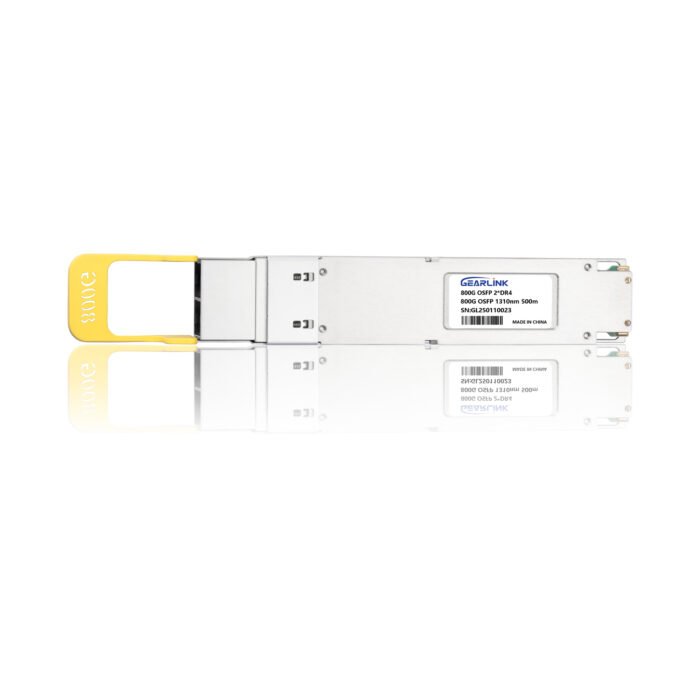
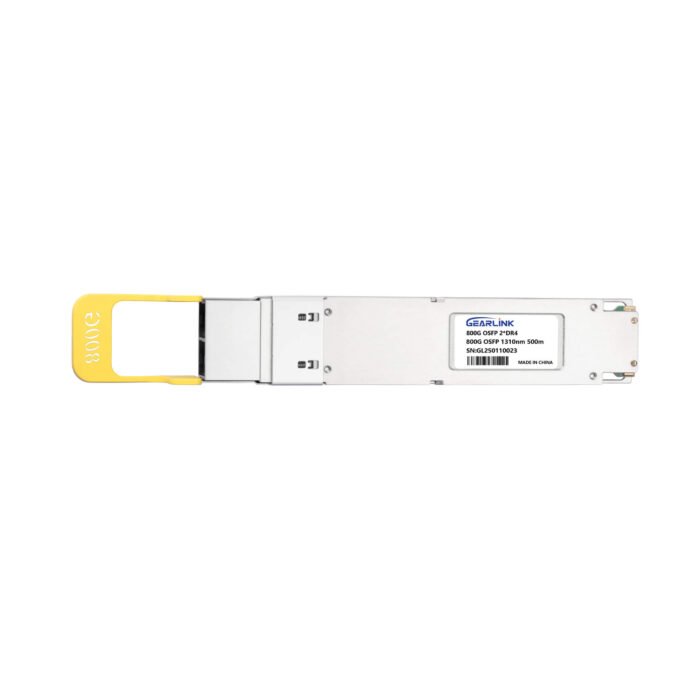
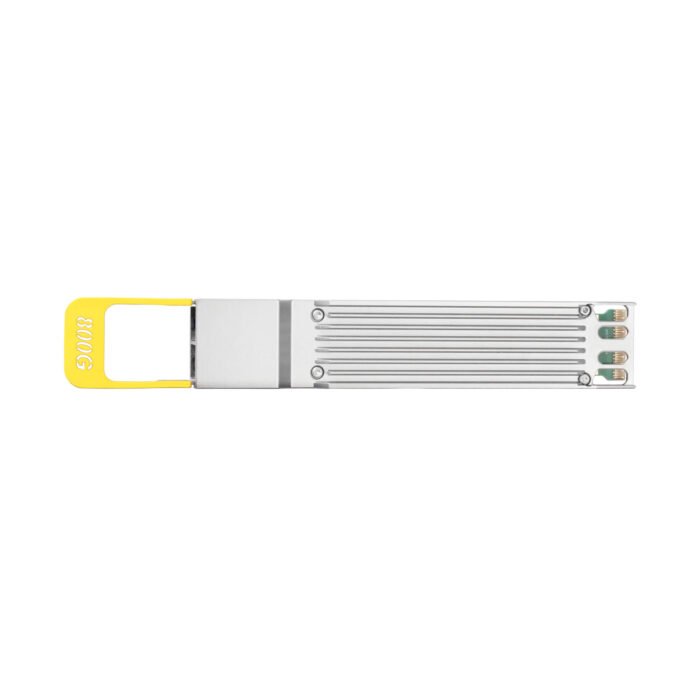
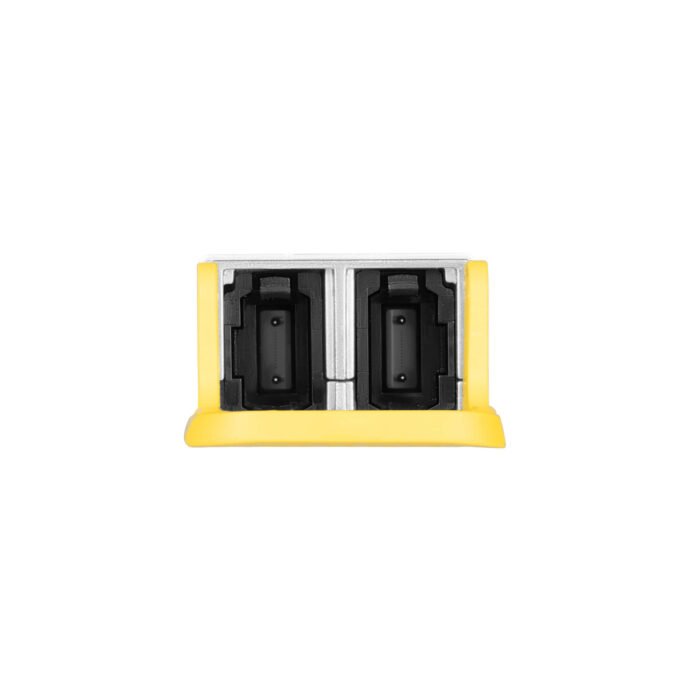
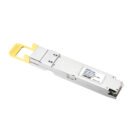
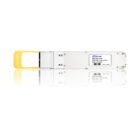
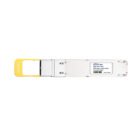
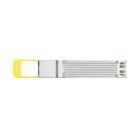
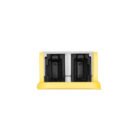

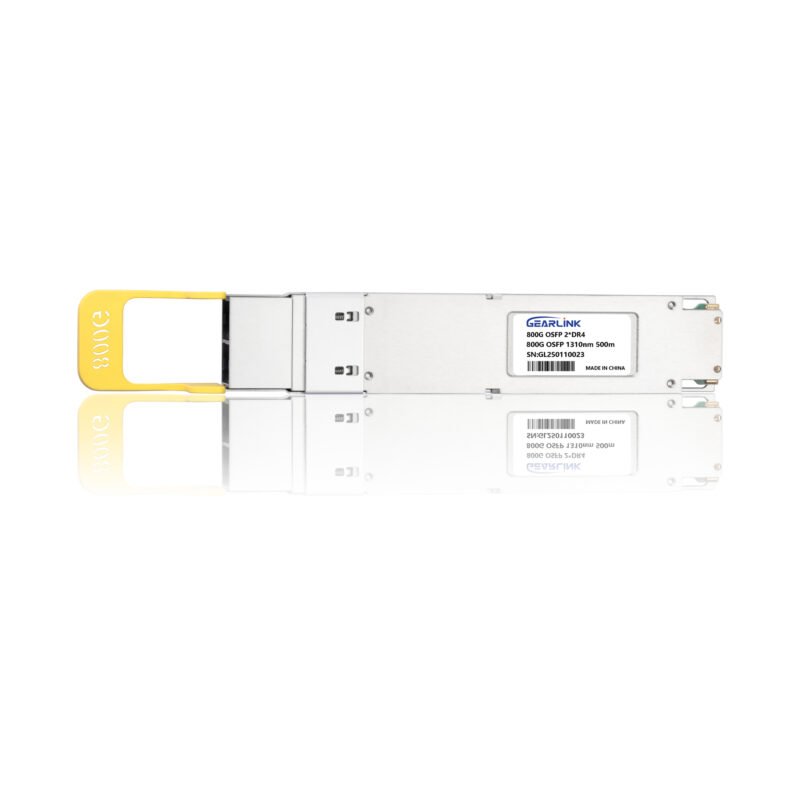
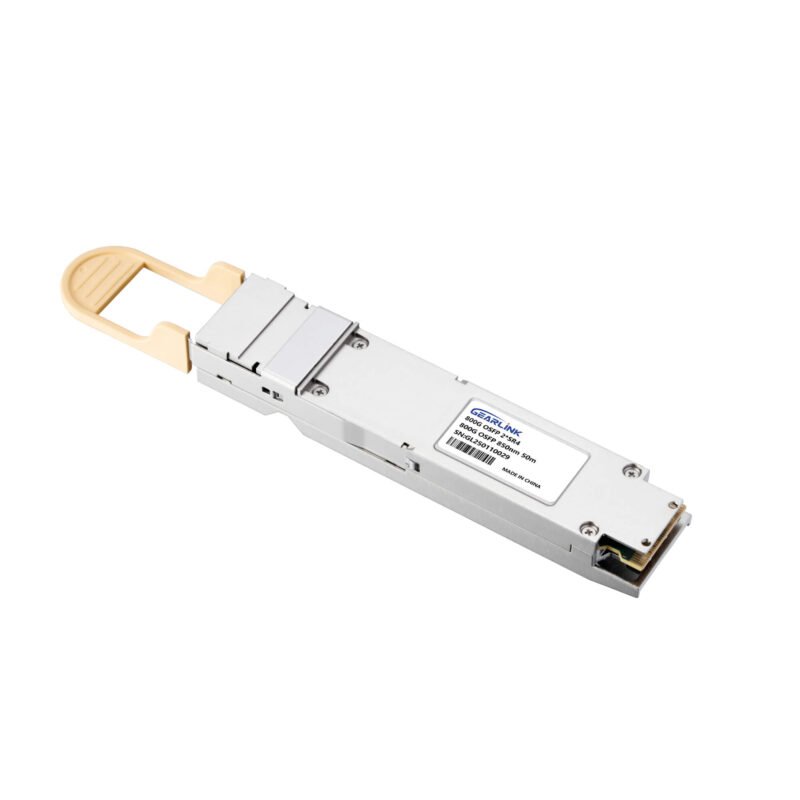
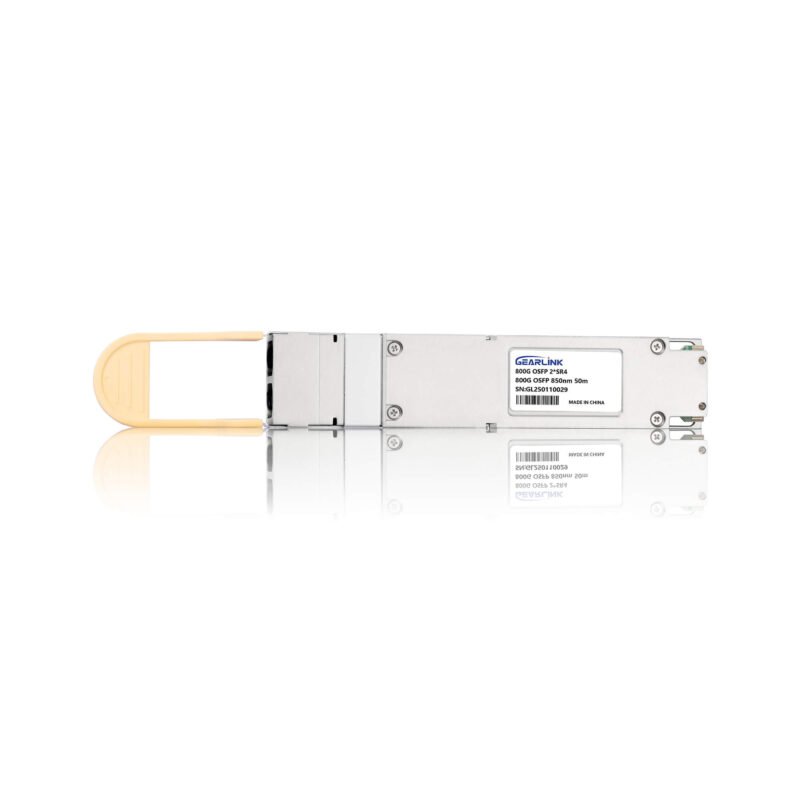
Reviews
There are no reviews yet.